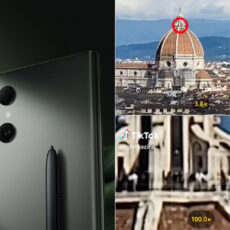
NASA announced that their Voyager 1 spacecraft’s three onboard computers, called the flight data system (FDS), have malfunctioned. The FDS is not communicating properly with one of the probe’s subsystems, called the telemetry modulation unit (TMU), thus no data is being sent back to Earth.
FDS collects data from the science instruments as well as engineering data about the health and status of the spacecraft. This information is then combined into a single data “package” to be sent back to Earth by the TMU in the form of ones and zeros, or binary code. Recently, the TMU started transmitting a repeating pattern of ones and zeros as if it were “stuck,” and the Voyager team determined that the source of the issue is the FDS.
- LEGO NASA Space Set - This adult LEGO set features the Space Shuttle Discovery and the Hubble Space Telescope from NASA’s 1990 STS-31 mission,...
- Solar System Exploration - Unlock the mysteries of our solar system with this engaging 2,354-piece project, packed with authentic details and...
- Shuttle Features Galore - The space shuttle model has an opening payload bay, retractable landing gear, opening cockpit, moving elevons, space arm,...
It could take several weeks for engineers to develop a new plan to remedy the issue. Launched in 1977, the spacecraft and its twin, Voyager 2, are the two longest-operating spacecraft in history. Finding solutions to challenges the probes encounter often entails consulting original, decades-old documents written by engineers who didn’t anticipate the issues that are arising today,” said Miles Hatfield, Science Writer at NASA.
[Source]










